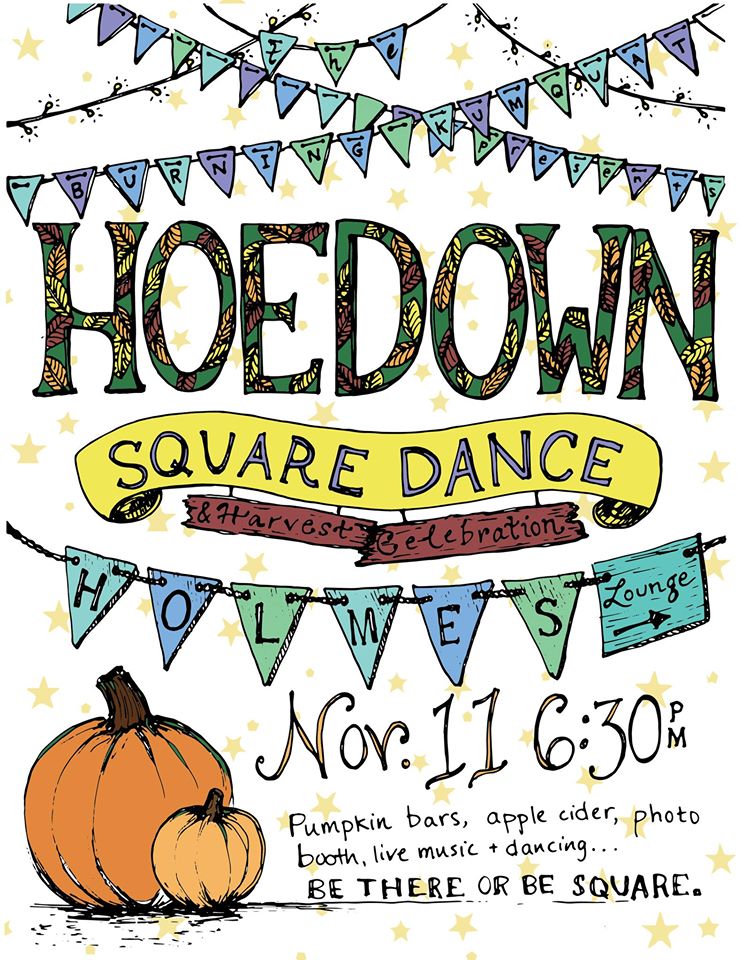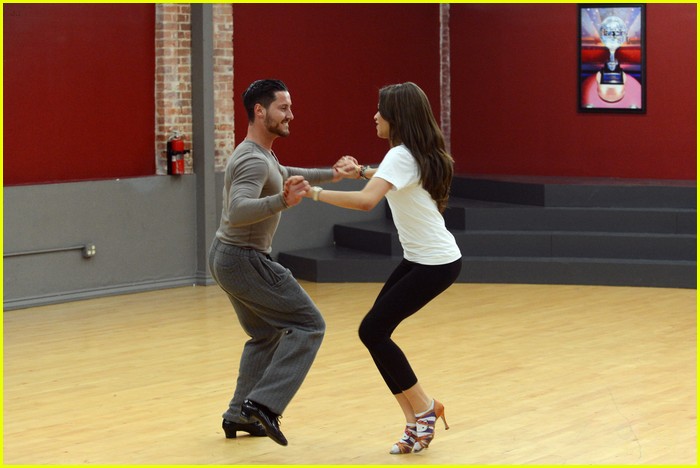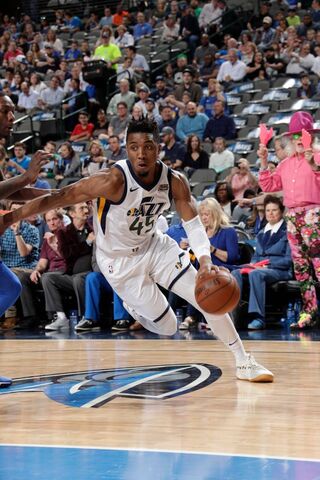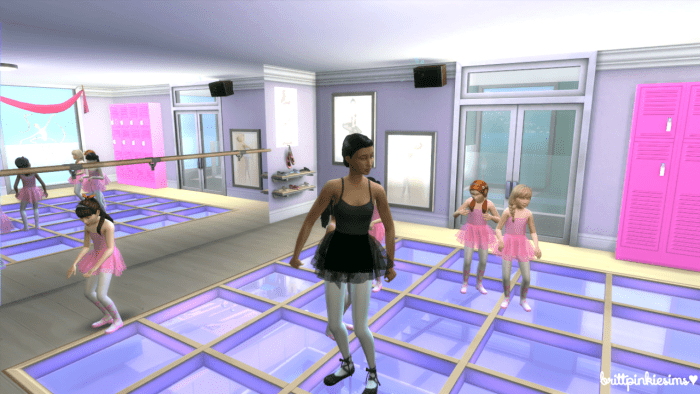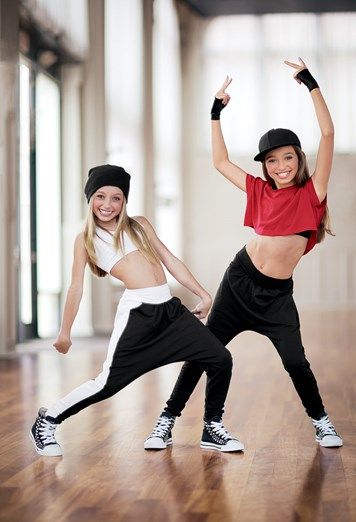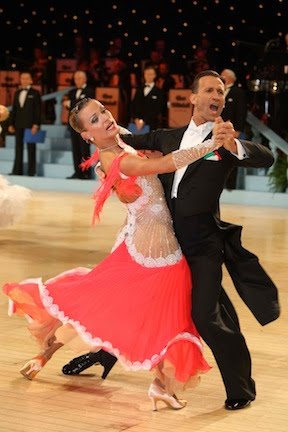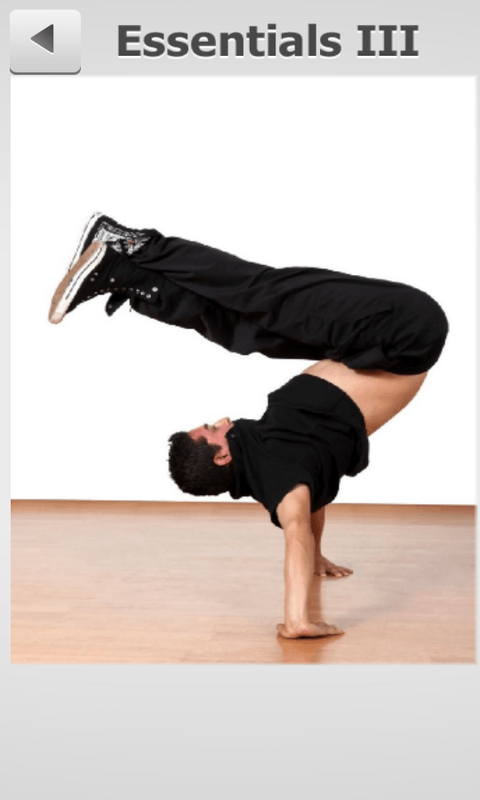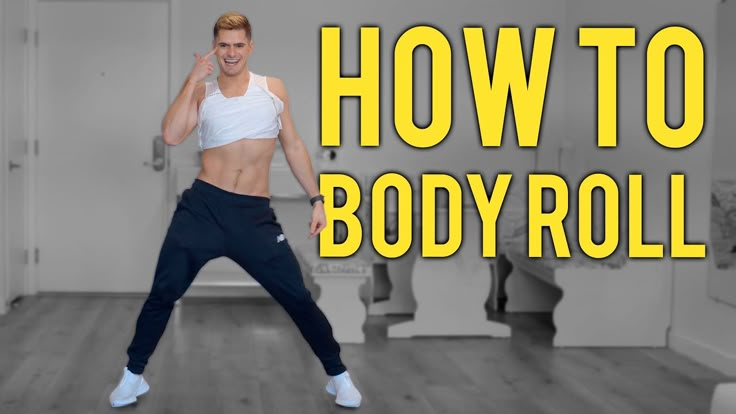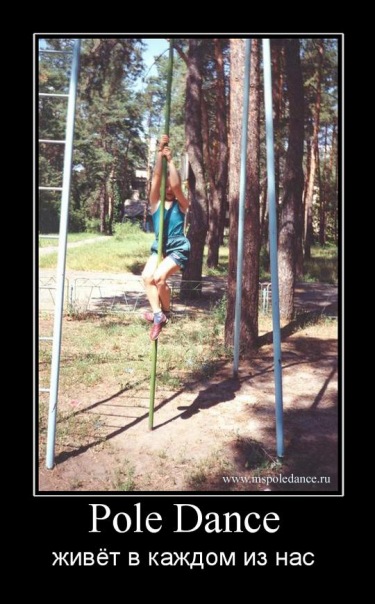How to dance iranian
A Glimps into Persian Dance Technique
Persia, bordering Central Asia and the Middle East, is the home of Persian Dance. This dance style is fluid yet rhythmic, and emphasizes the use of hands and wrists. The movement and positioning of the body reflect the rich and refined aesthetics of Persian culture. The shape of the hands, motion of the wrists, rhythmic foot patterns, and coordination of arms and legs, are integrated to capture the Persian aesthetics in the body line, and to create a flow distinct to this culture.
The dance technique described and illustrated in this article is founded upon both ancient and contemporary aesthetics in Persian culture and, though influenced by solo improvisational dance from various Iranian ethnic groups, is not an interpretation of any particular folk dance or a representation of any particular tribe. I could refer to this technique as Iranian dance, but I have chosen to call it Persian because political tension between the United States and Iran has given the word Iranian a negative connotation. The word "Persian", however, remains nonpolitical and evokes images of an ancient civilization rich in history, beauty, and art, not to mention beautiful felines.
With a deep understanding - both intellectual and intuitive - of Persian cultural aesthetics, I have drawn parallels between the different media and identified a common thread that signifies a set of aesthetics distinct to Persian culture. The bigger challenge has been to fathom how these aesthetics manifest as movement. This remains an ongoing and very intriguing process. Through the years, as the manifestation of Persian cultural aesthetics in movement became clearer to me, I began to organize and categorize movement patterns and eventually created a pedagogy of steps that includes specific, numbered positions of the arms and hands, rules used to guide the body into the correct line, and descriptions of dynamic qualities in movement patterns and transitions. The result is a dance technique that is undeniably recognizable by Persian people as Persian, yet it is difficult to describe what makes it authentically Persian without a solid reference to any written format and virtually no historical background for contextualizing it.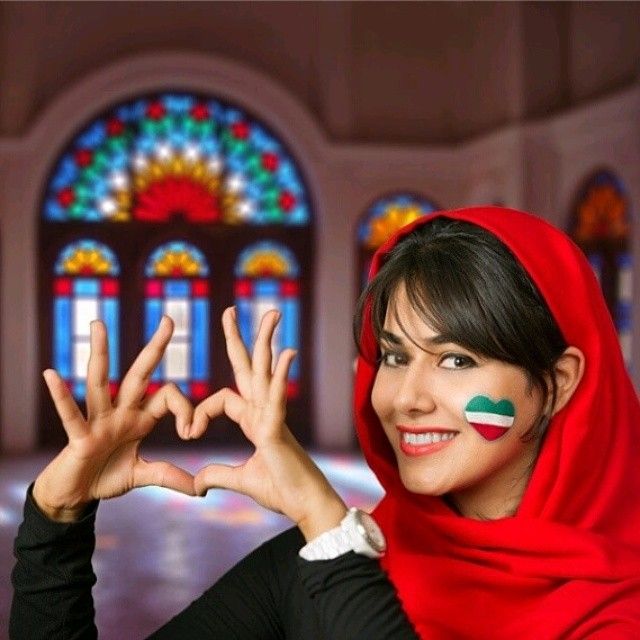
The nomenclature presented here was created by me with help from my linguist friend Dr. Koorosh Angali, family, and friends, and is specific to Shahrzad Technique, which I have developed over the last two decades. It is the result of my interpretation of Persian aesthetics inherent in Persian art and their manifestation into movement, combined with my intuitive knowledge of Persian culture. Some of the movement vocabulary presented may be similar or identical to movement taught by other Persian dance teachers. In years of exploring Persian dance, I have certainly attained, through osmosis, some movements from watching other dance companies, such as Avaz National Dance Theater or Pars National Ballet, or videos of dance performances choreographed by Robert de Warren before the Islamic revolution in Iran. It is impossible for me to know how much of this information is influenced by other Persian dancers and how much is my own interpretation of Persian aesthetics translated into movement.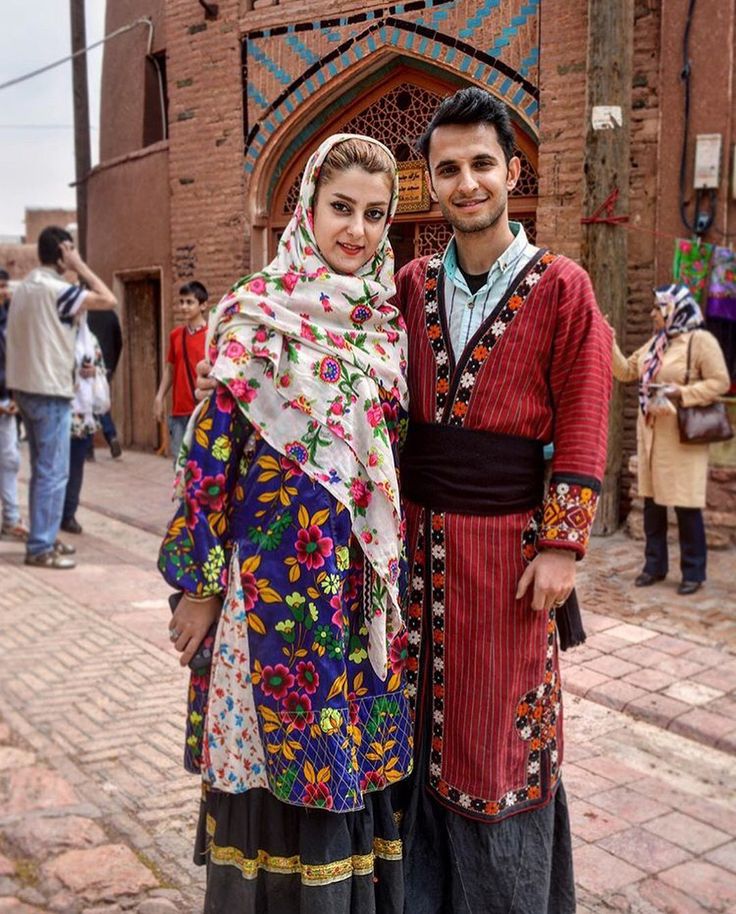 This dance technique is solidly founded upon aesthetics that exist in Persian culture, making it appropriate to refer to it as classical Persian dance.
This dance technique is solidly founded upon aesthetics that exist in Persian culture, making it appropriate to refer to it as classical Persian dance.
Classical dance (in the Western context) is defined as "ballet", which has its origin in Italianballo (dance), which comes from Latin ballare, meaning to dance, which in turn comes from the Greek ballizo, to dance, to jump about. Therefore, any formal and established dance style from any culture could be considered the ballet of that culture (e.g., Ballet Folklorico de Mexico or Ballet du Senegal). I consider my dance form to be a classical dance of Persia/Iran, so I often refer to my dance style as Persian ballet. My goal in creating this format has been to bring form and structure to a dance style with existing and recognizable cultural aesthetics and create a system to teach and disseminate this art form.
Every dance style is composed of a technique often several techniques developed by different teachers and choreographers, particular dynamic qualities, and expression within the parameters of distinct movement aesthetics.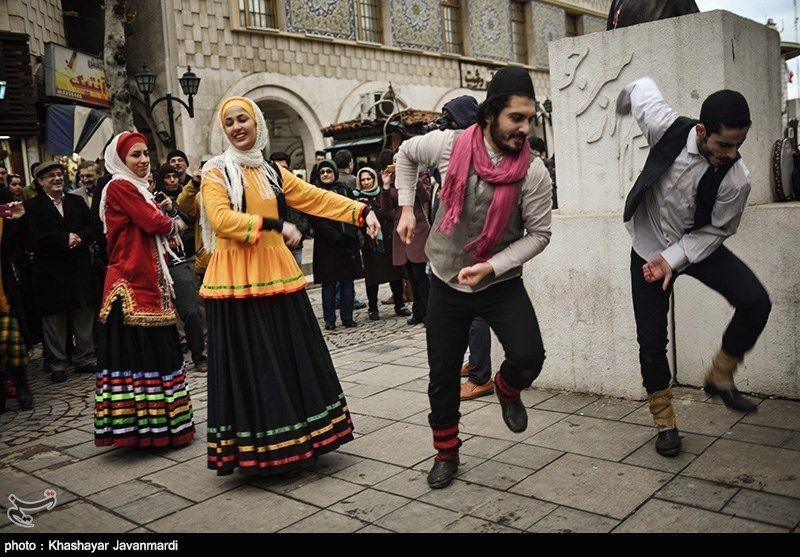 When these components are mastered, the dancer is able to feel the dance both emotionally and kinetically the way it was intended by the choreographer, and the audience receives the correct energetic message through the dancer's expression.
When these components are mastered, the dancer is able to feel the dance both emotionally and kinetically the way it was intended by the choreographer, and the audience receives the correct energetic message through the dancer's expression.
There is a misconception among some Persians that to perform Persian dance one must be a native because the dance is learned intuitively with intrinsic cultural knowledge and cannot be taught using a systematic method of movement analysis. "Dr. Anthony Shay, professor of dance at Pomona College in Southern California", shares his thoughts on the difficulty of codified teaching of a dance style the aesthetics and dynamic qualities of which are culturally embedded in the movement.
It is extremely difficult to extract meaningful movement elements as separate analytical units to use in the classes in which I teach Iranian dance, because they are generally very individual and idiosyncratic to specific dancers. Nevertheless, certain movements are common to most dancers.Whereas non-Iranian students can more readily learn and read such artificially isolated movements, Iranian students are hard pressed to articulate and isolate from the flow of movement these actions, which they instinctively know and have learned from childhood. This is analogous to the manner in which many native speakers of a language cannot always articulate its grammar, because its linguistic organization and rules are embedded in their mental structure. (Choreophobia, 1999, 20)
I agree that Persian dance carries a specific movement flow that is intrinsic to native Persian dancers. This natural flow is a major part of the aesthetic identity of this dance style. In my years of teaching Persian dance, I have personally experienced the resistance inherent to Iranians when it comes to learning Persian dance in a step-by-step manner. It is difficult to step out of an intuitive whole-body experience and study it analytically; however, I believe that in teaching any subject matter that transcends the student's existing knowledge whether intuitive or intellectual it must be broken down into isolated parts, examined, and then carefully reassembled. This must be done skillfully, especially when recapturing the original flow is a vital part of the process.
This must be done skillfully, especially when recapturing the original flow is a vital part of the process.
Using Shays analogy of language, I assert that not only is it necessary for a non-native speaker to learn grammar through an introduction to the linguistic rules, but for a native speaker to develop his linguistic skills beyond colloquial conversation and comprehend layers of advanced concepts that will require more than his intrinsic knowledge, he must study his native language in an organized and analytical way. Similarly, to surpass social dance and develop movement vocabulary and composition, even a native Iranian must study the dance technique by breaking down the natural flow of the movement into single, analytically digestible elements. Once these layered elements are given time and practice to become integrated in the mind and body, they can feel natural and organic. Breaking down flowing movements into parts may seem artificial, as with anything that is taken out of its context, but it is a temporary and necessary part of the learning process in any subject dance is no exception.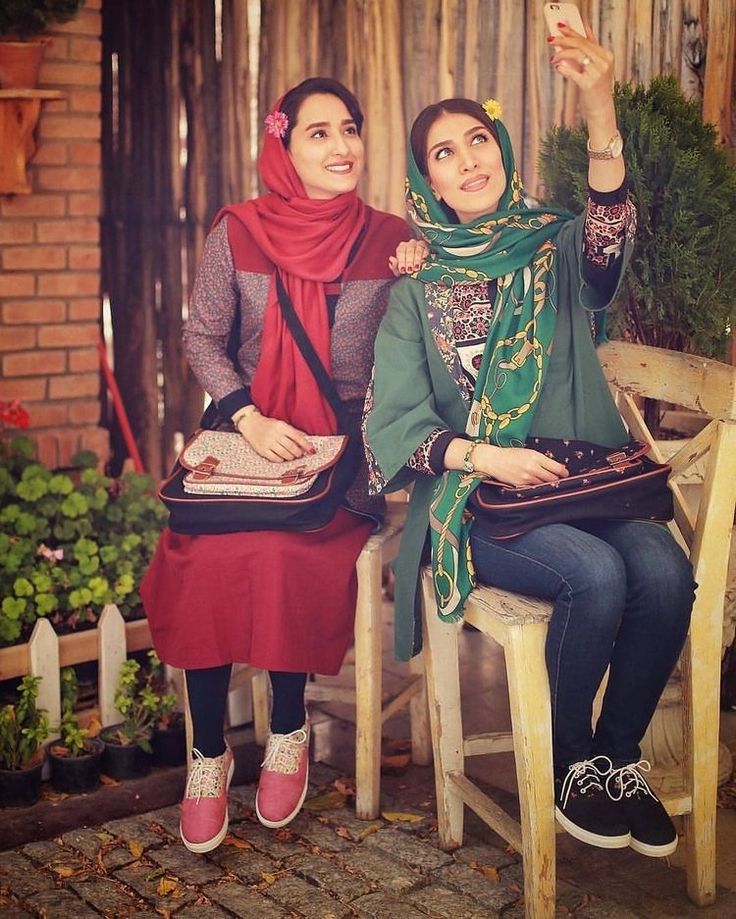
When performing, it is important to apply the correct technique for executing movement, and developing the correct technique requires repetitive exercises. These exercises must be done diligently and with keen attention to detail in order to capture minute but important nuances in the movement style.
The following concepts and exercises demonstrate the essence of Persian aesthetics as they manifest in movement and, through diligent practice, one can gain mastery of the technique necessary to express himself within those aesthetic parameters. By learning to manipulate the body to form precise shapes and lines and produce dynamic nuances and transitions, one will achieve the type of movement flow distinct to this dance style.
Foundational Principles
The hands are perhaps the most expressive part of the body in Persian dance. While dancing, there should be a generous amount of energy flowing through the wrists, hands, and fingers and extending out the fingertips.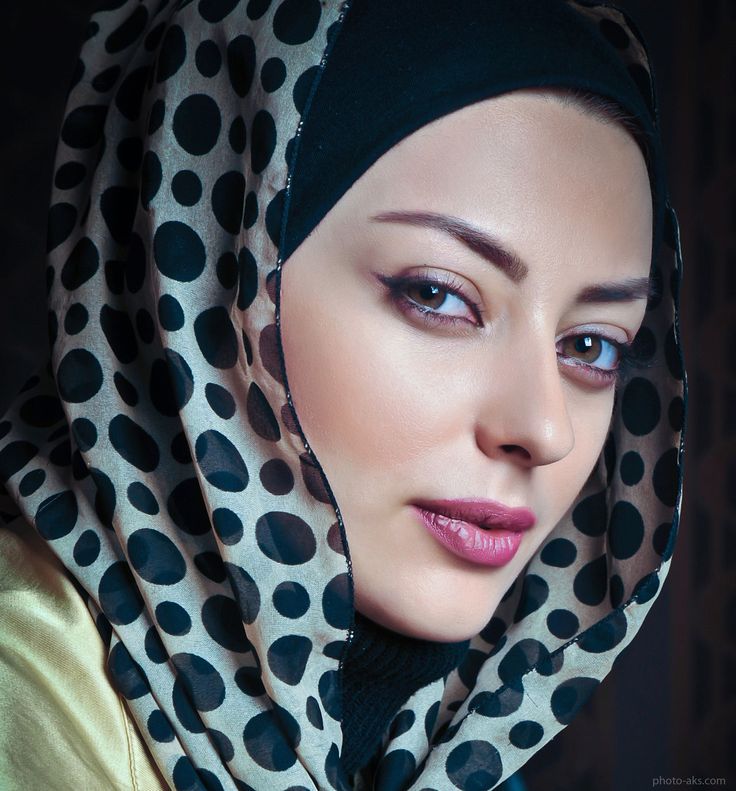 Hand and wrist movements are fluid but can also be rhythmic in response to music. The face, head, and upper body respond to hand and arm movement in a poetic dialogue.
Hand and wrist movements are fluid but can also be rhythmic in response to music. The face, head, and upper body respond to hand and arm movement in a poetic dialogue.
Hand Shape
To bring attention to the fingers, the thumb and middle finger are drawn slightly toward each other, and the fingers are separated to allow for movement visibility. It is important to keep the fingers extended and not curled inward. I call this position dal because it roughly resembles one of the letters of the Persian alphabet (Figure 1). It also looks a bit like the mathematical symbol >. The energy is extended out of the fingertips, making the fingers as long as possible and preventing them from curving in toward the palm. This is not a stagnant position, however, so the fingers should be allowed to move, and the shape of the hand should ripple and change as the hands move, but there should be a general tendency toward the dal shape, especially during moments when the hands are intentionally still.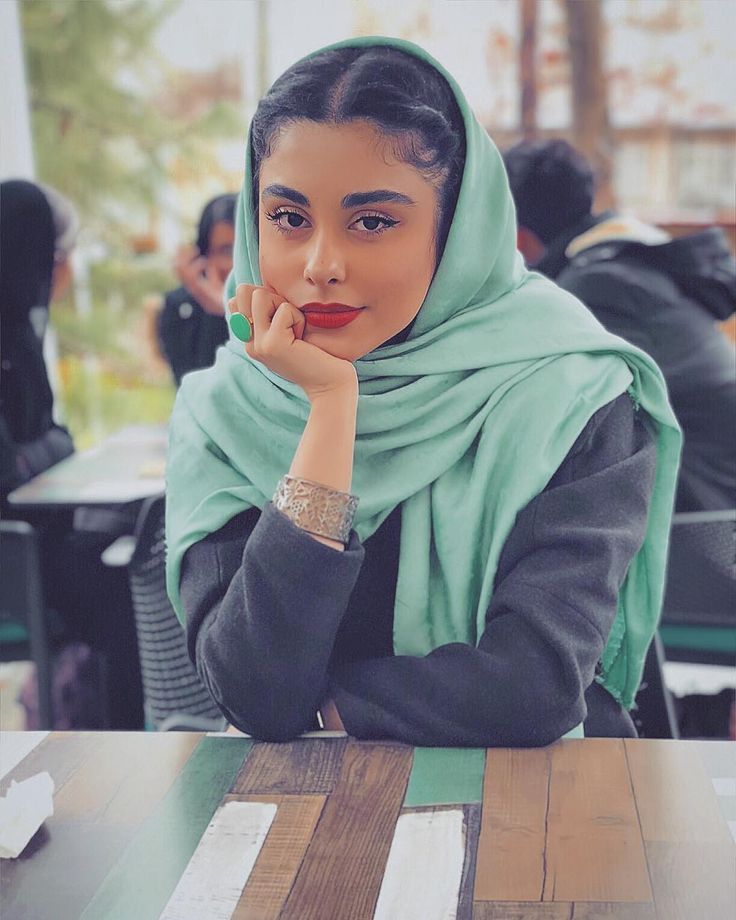
Figure 1a - Persian letter dal
Figure 1b and 1c - dal hand shape
Wrist Motion
Part of the fluidity of this dance style is achieved by leading arm movements with the wrists. This requires the wrists to remain relaxed but engaged and expressive. The wrists manipulate the movement and rhythm in the hands and have a strong connection to music. They are often the spark that begins a movement. The arms, and subsequently the spine and head, follow the lead of the wrists.
Below are examples of basic Persian dance movements initiated by the wrist:
Abshar
Meaning waterfall, this movement consists of a small vertical paintbrush motion of the wrists. The wrists pull the hands in opposite directions at the same time. Therefore one wrist is flexing while the other is extending. This movement can be performed in a fluid and a-rhythmic way, or with a staccato quality to accentuate the beat in the music.
Qalammoo
Qalammoo means paintbrush, and it refers to a fluid arm motion, initiated and led by the wrist.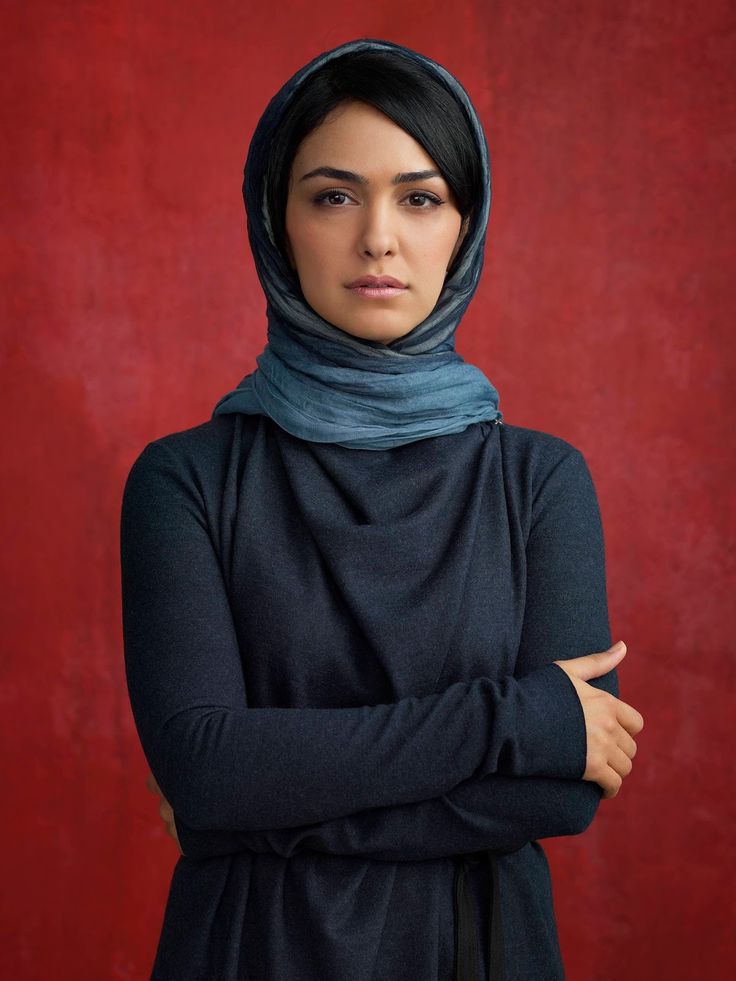 Imagine the arm and hand as a paintbrush, the arm representing the handle, the hand representing the brush, and the fingers the bristles. The wrist is the juncture of connection between the brush and the handle. As the imaginary paintbrush moves through space, the brush and bristles trail behind. In body movement, this means when the arm sweeps upward, it is the wrist that initiates the upward motion, leaving the fingers to trail along, pointing downward. Similarly, when the arm moves downward the motion is led by the wrist and so, the fingers point upward. This is also true when the arm moves in a horizontal, diagonal, or circular path.
Imagine the arm and hand as a paintbrush, the arm representing the handle, the hand representing the brush, and the fingers the bristles. The wrist is the juncture of connection between the brush and the handle. As the imaginary paintbrush moves through space, the brush and bristles trail behind. In body movement, this means when the arm sweeps upward, it is the wrist that initiates the upward motion, leaving the fingers to trail along, pointing downward. Similarly, when the arm moves downward the motion is led by the wrist and so, the fingers point upward. This is also true when the arm moves in a horizontal, diagonal, or circular path.
There is some resistance, a legato quality, in this movement that gives it a rich flavor. It feels as if the dancer is moving through water.
Qalamoo in frontal plane with side hinge
Understanding the technique of a particular dance style is crucial, and the movement vocabulary introduced in this article may give you an idea of this dance form. It is a good place to start in exploring the beautiful art of Persian dance. However, technique alone is not enough to artfully perform or choreograph in any dance style. Important elements such as understanding of dynamics and musicality, are necessary to transform a well-executed movement pattern into a work of art. In the end, it is the dancers' individual expression that will bring the movement to life.
It is a good place to start in exploring the beautiful art of Persian dance. However, technique alone is not enough to artfully perform or choreograph in any dance style. Important elements such as understanding of dynamics and musicality, are necessary to transform a well-executed movement pattern into a work of art. In the end, it is the dancers' individual expression that will bring the movement to life.
Persian Dance • The Most Beautiful Form of Art + (different types)
Dance (Raghs) has been a big part of Persian culture and identity for many years. Dancing had a significant role in religious rituals specifically in the faith of Zoroastrianism. At the time of Persian Empire and during Achaemenids, Parthians and Sassanids dynasties, dancing was a well-developed and respected art form.
The Iranian National Ballet Company was the best and the most respected of all ballet companies in the Middle East.
(PERSIAN DANCE)
What is Dance?
Dance is a series of body movements in a rhythmic way to a piece of music.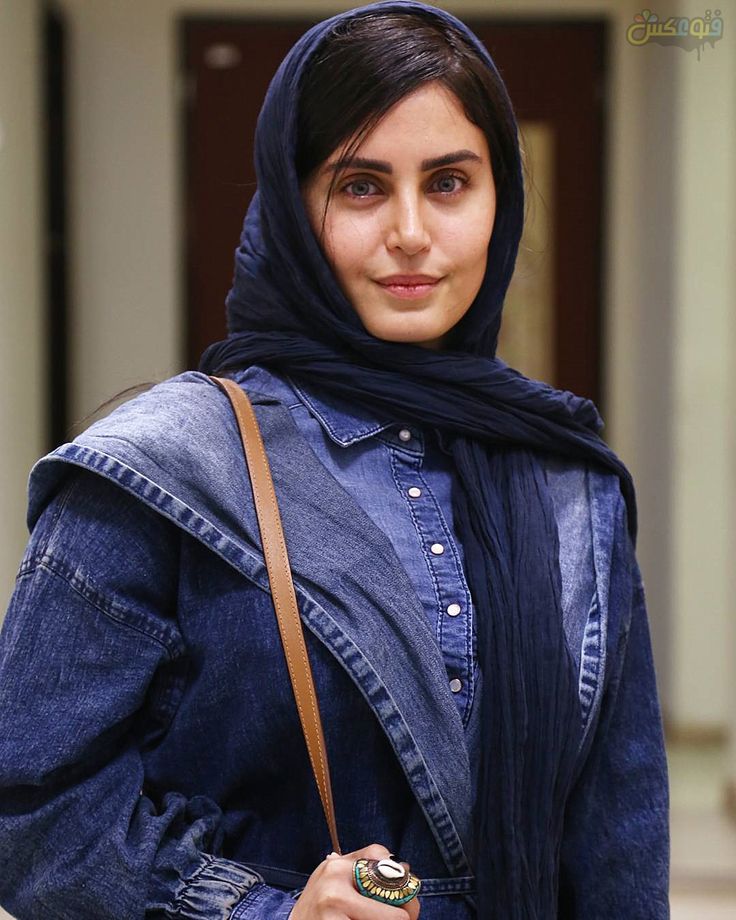
The purpose of dancing is usually expressing a particular emotion for example happiness!
Dance is categorized by its choreography, repertoire of movements or its historical period or place of origin. First archeological proof of dance comes from the 9 thousand year old cave paintings in India. One of the earliest uses of structured dance was introduced in religious ceremonies that told the stories of ancient myths and gods
[ See: Jigar • Iran | Persian Dating (iOS ⬇) • Iran | Persian Dating (Android ⬇) ]
Persian Dance
Dance (Raghs) has been a big part of Persian culture and identity for many years. Dancing had a significant role in religious rituals specifically in the faith of Zoroastrianism.
At the time of Persian Empire and during Achaemenids, Parthians and Sassanids dynasties, dancing was a well-developed and respected art form. Ritual dance was adapted into religious and other type of ceremonies in the Persian Emperor’s court. These dances incorporated high aesthetic and cultural values.
These dances incorporated high aesthetic and cultural values.
Dance types in Iran differ massively based on culture differences and areas.
And since Iran consists of many ethnicities, one can find a large variation of dance types ranging from folk dances to complicated dance routines.
However, researches show that the oldest known Persian dance is a rhythmic routine that depicts the worship of Mithra. This type of Persian dance was related to Mithrakana or Mehrgan ceremonies. In these ceremonies even the Persian Emperors did dance to the music and participated in worshiping.
The purpose of this dance was believed to be restoring vigour and energy in one’s life, and the dance included slaughtering a bull as sacrifice.
After the brief periods in which Iran was seized by different powers such as the Arabs or the Greeks, the dance lineage was a little bit lost due to political unbalance and insecurity.
But one of the massive changes in Persian dance happened when the Persian Empire crumbled.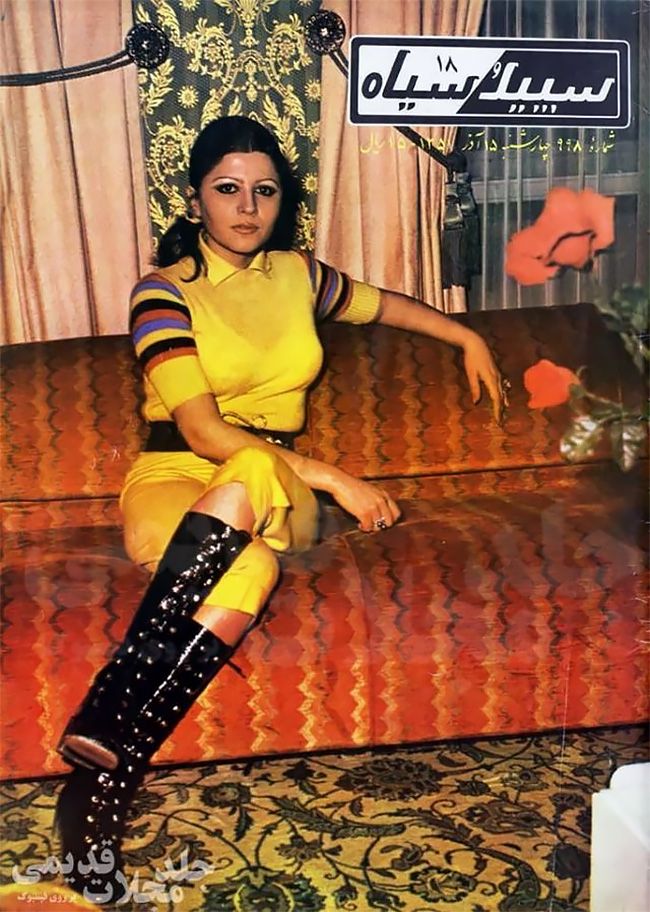
In that time, the Persian females were forced into sexual labour and slavery by the new oppressors that ruled over Iran.
These females were forced into performing erotic and sensual dances for the rulers. This situation went on for a time until Islam took over and banned dance entirely.
Since this prohibition was not taken very seriously from time to time, dance still lived on in the Persian culture.
But the finality of it came with the Islamic Revolution of the year 1979, in which dance was fully prohibited due to the fact that sometimes it required mixing the two sexes together for routines.
One of the most important dance companies in Iran, “The Iranian National Ballet Company”, was forced to disperse due to this prohibition.
The Iranian National Ballet Company was the best and the most respected of all ballet companies in the Middle East. It became most known among companies of Azerbaijan, Tajikistan, Turkey, Egypt and other Middle Eastern and Central Asian companies. Membership of the company became popular and attractive among talented dancers of Europe and the United States. Many foreign ballet stars and prima ballerinas, for instance from the Bolshoi Ballet, were invited to dance at the premieres.
Membership of the company became popular and attractive among talented dancers of Europe and the United States. Many foreign ballet stars and prima ballerinas, for instance from the Bolshoi Ballet, were invited to dance at the premieres.
The main reason for the banning of dance was said to be that in accordance with the Cultural Revolution, dancing was thought of as a sin and a corruption of the soul.
Traditional Persian Dance
Persian traditional or classical dance was performed base on the traditional Persian modal music, Dastgah (system).
The movements demonstrated flexibility, grace, and dominance of the upper body moves and also included facial expressions. The dance is nonsexual and feminine and shows a sense of pride. Traditional Persian dance usually uses Persian myth, literary and poetry with historical themes.
Persian Dance in 1960s
Robert de Warren, a British ballet dancer and director was invited by the Ministry of Culture in the 1960’s to train Persian dancers in Ballet and to invite foreign Ballet dancers to perform in Ballet productions. Warren was intrigued by Persian native dancers and eventually decided to interpret Persian dance and created choreography in that style. He also recorded folk dances of various regions. Unfortunately these precious recordings were destroyed during the Islamic revolution of Iran. After revolution he had to leave Iran.
Warren was intrigued by Persian native dancers and eventually decided to interpret Persian dance and created choreography in that style. He also recorded folk dances of various regions. Unfortunately these precious recordings were destroyed during the Islamic revolution of Iran. After revolution he had to leave Iran.
Persian Dance Types
To simplify, Iran has four different fields of dance:
Solo dance
These routines are basically remakes of the dances that came to existence in the reign of the Safavid and Qajar dynasties.
These court dances were mostly improvised.
The form is very tender, graceful and elegant and it consists of many small subtle movements throughout the body such as the wrist circles or arm circles.
War dances & Combat dances
Fairly different from the Solo dance, this genre relies on power to shine. as the name clearly tells us, the core of the movements in this type of dance imitate a battle.
Chain dances & Line dances
This genre includes a massive variety of dance types since it refers to ethnic regions. Some of these types are Kurdish, Azerbaijani, Lori, and so on.
Some of these types are Kurdish, Azerbaijani, Lori, and so on.
Ritual dances & Spiritual dances
Also known as Zikr, these types of dances usually are performed for things like healing practices.
These dances require music, special movement and trance. A very popular example would be the Le’b Guati, the anti-possession dance of the Baluchi natives of Iran.
This dance is basically a rhythmic, musical exorcism.
The following is a list of some Persian dance styles:
- ● Shamshir-bazi: It literally means sword dance.
- ● Pay-bazi: It literally means foot-dance.
- ● Raghs-e-Baluchi: Baluchistani dance.
Raghse Pa (foot)
Dance to be based on movements of feet.
This dance is seen mostly in zourkhaneh (Persian ancient gymnasium). Zourkahneh means the House of Power in Persian language. Therefore, this is a dance that conveys strength.
Raghse Do-Pa
Do Pa is a kind of Kurdish and Lorestani dance.
Raghse Se-Pa
Se Pa is a kind of Kurdish and Lorestani dance.
Raghse Kurdi
Kurds are the third largest ethnic group in Iran so definitely they have their own special dance.
In Kurdish dance, the participants stand in line and hold on to the little fingers. One of the dancers wags a handkerchief and sets the rhythm. The other dancers follow him with small steps. The musical instruments used are Dozal, Tombak, Sorna and Daf which set the rhythm.
Raghse Jalajel
Dance with tightening the jingles around the hands or the feet of dancer.
Raghse Charpareh or Raghs e Chalpareh
Another kind of Persian dance.
Raghse Chep-chep
Dance with chalap: Chalap is a kind of cymbal that is played in mourning ceremonies. Its smaller size is played in festive ceremonies. Other names of Chalap are Chalab, Senj, Zang, and Tal. Tal is Indo-Persian name of cymbal.
Raghse shamshiri
Raghs-e shamshir or dance with swords originates from Ancient Persia as early as three thousand years ago.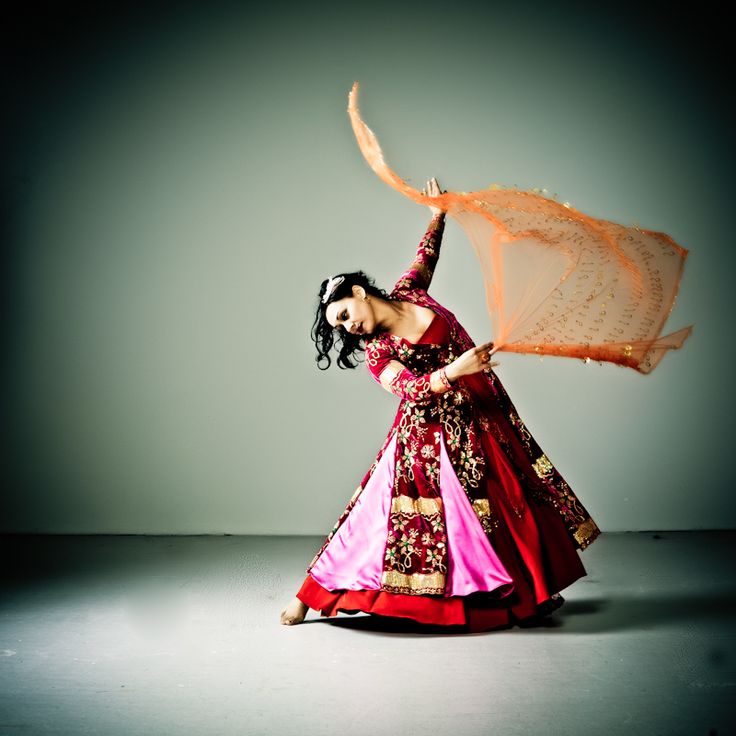 Dance with swords was a traditional entertainment in the province of Baluchistan and Sistan. The dance consists of two men with swords and shields. Base on the rhythm of the drum, Shamshiri dancers show battle movements. The participants show movement of attacking and defending themselves like those in the war and as the music gradually progresses, the movements get faster and more furious.
Dance with swords was a traditional entertainment in the province of Baluchistan and Sistan. The dance consists of two men with swords and shields. Base on the rhythm of the drum, Shamshiri dancers show battle movements. The participants show movement of attacking and defending themselves like those in the war and as the music gradually progresses, the movements get faster and more furious.
Raghs e chubi or Raghs e chupi
Dance with sticks is called “choob bazi or raghs-e choob“!
This is an aggressive and active sports dance, and only men take part in the dance. It is a kind of dancing consist of at least two dancers that they beat wooden sticks to mark the rhythm. This kind of dancing can be found in Romania also. This is a kind of duel between two men with sticks. During the dance, one of the dancers attack and the other one defends. The attacker circles around the opponent during the dance and tries to catch him by surprise and hit his legs. The opponent must fight back with a stick.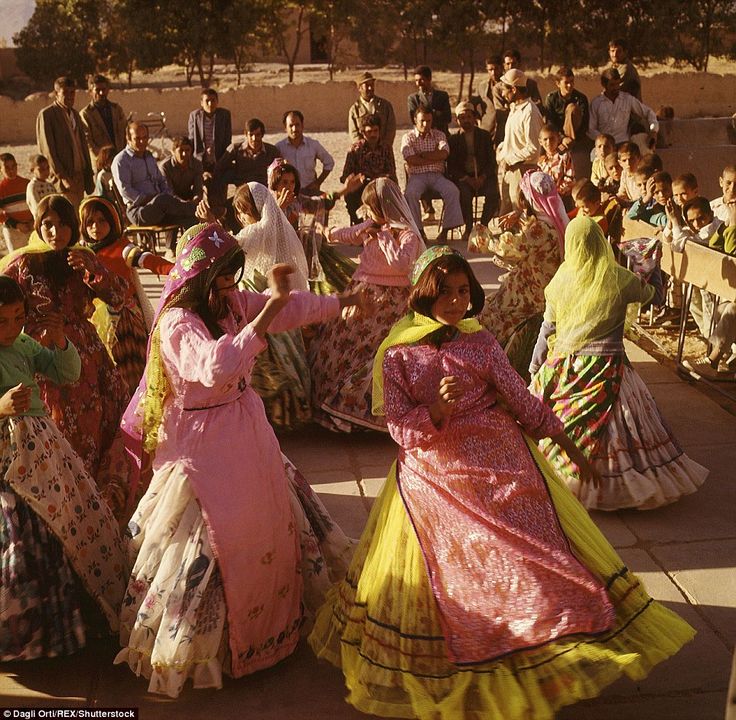
Raghse Sama
Sama literally means a joyful song and comes from the Arabic word, sam that means to listen, but Sama’ at whole means song (avaz), ecstasy (vajd) and dance (pay-kubi and dast-afshani) with its special rules and orders. Sama-o-raghs means the Sufism dance.
Raghse Qashghayi:
Qashghayies are Turkic tribes in the province of Fars, Isfahan, and Khuzestan. The people have several national dances: Raghse haft dastmal (dance with seven shawls), Raghse dastmal (dance with shawls), Buir Ahmadi and Ashrafi. In qashghayi the dance women wear bright colored skirts and they hold bright scarves in their hands. The female dancers make a circle and jump in small steps and because of this motion, their beautiful and colorful skirts mover synchronously.
Raghs e Halat
Dance of Sufis.
Raghs e Arefan
Dance of Sufis.
Raghs e Ammi
This is the opposite of Raghse Arefan. It is a kind of dance that has not a sophisticated aim.
Raghs e Ghasemabadi
This is a kind of Persian folk dance of Ghasemabad region to be located in North of Iran, Gilan province, showing the weeding of farmers.
Raghs e Razif
Razif is a kind of sword dance, which was popular among the sailors of the Persian Gulf. They were dancing to relieve tension. Now Razif is a popular dance at weddings.
Raghse Bandari
In Persian, bandari means ”harbor”. This famous Iranian folk dance is from the Persian Gulf. The movement of performers and the way they wave their hands that resembles the cooperation of a group of fishermen at the sea
Raghs e Kachul:
It is a kind of dance to be mentioned in Persian literature.
Raghs Khaneh:
Place for dancing. Khaneh literally means house and home.
Raghs e Darvishan
Dance of Dervishes.
Raghs e Shateri
Famous popular dance to be based on movements of bakers while they are cooking bread in bakeries.
Raghs e Shotori:
Dance to be based on movements of camel.
Raghs e Torki:
It means Turkish dance.
The most known derivation of this style would be the Lezgi dance.
Another beautiful type would be the Diringi, which is slightly less known.
The Diringi is somewhat a similar type as the Persian Reng, as it is light and rhythmic. The Diringi differs in the tempo according to the feel of the dance routine.
Raghse Shekam
Raghse Shekam is a kind of dancing very popular in Egypt. It is called belly dance and in Iran it is called Arabic dance.
Raghse Sheikhi
Raghse Sheikhi is a kind of Persian folk dance in suburb of Iranshahr city.
Raghse Baba Karam:
This is type of humorous Iranian dance which is actually a playful imitation of the machismo style of dance done by working class men of South Tehran.
Famous Iranian Dancers
There have been few famous dancers recorded in the history of Persian dance. In fact, there is little recorded information on Persian dance in general.
In fact, there is little recorded information on Persian dance in general.
Farzaeh Kaboli
Farzaneh Kaboli is a famous Iranian dancer. She is the leader in the Iranian Folkloric and National Dance Art and actress in cinema and theater. She is also a master of choreography in Iranian theaters. Prior to the Islamic Revolution of 1979, she was one of the soloists in Mr. Warren’s dance company and performed with the National Dance Company both within Iran and internationally at many prestigious venues.
Kaboli studied in the “Iranian National and Folkloric Dance Academy” for three years. Despite of 1979’s Islamic revolution, Kaboli is allowed to hold concerts for female audience.
Haydeh Changizian
Farzaneh Kaboli is a famous Iranian dancer. She is the leader in the Iranian Folkloric and National Dance Art and actress in cinema and theater. She is also a master of choreography in Iranian theaters.
Prior to the Islamic Revolution of 1979, she was one of the soloists in Mr.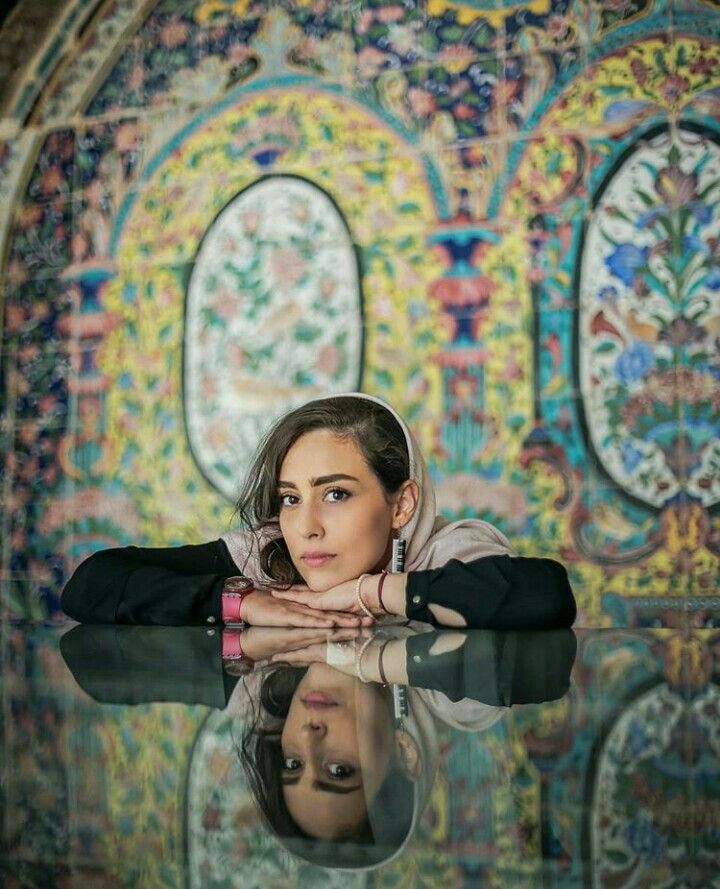 Warren’s dance company and performed with the National Dance Company both within Iran and internationally at many prestigious venues.
Warren’s dance company and performed with the National Dance Company both within Iran and internationally at many prestigious venues.
Kaboli studied in the “Iranian National and Folkloric Dance Academy” for three years. Despite of 1979’s Islamic revolution, Kaboli is allowed to hold concerts for female audience.
Jamileh
Fatemeh Sadeghi known as Jamileh is an Iranian dancer and actress. Jamileh was born in 1946 in Iran.
She is the most famous female dancer in Iran. Among different styles of dances, she is a great belly dancer.
Mohammad Khordadian
Mohammad Khordadian is an Iranian dancer, choreographer and entertainer. He is one of the most famous male Iranian dancers. Khordadian was born in 1957 in Sabzevar, Iran. After Islamic revolution, he left Iran and started making Workout and Dance instruction videos which soon became popular in Iran. He now lives in California.
Shahrokh Moshkin Ghalam
Shahrokh Moshkin Ghalam is an Iranian modern dancer and choreographer.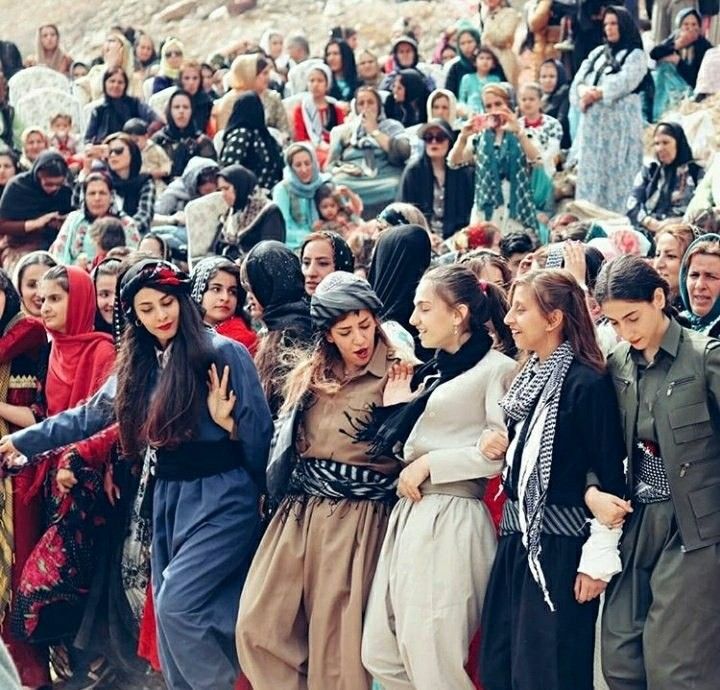 He was born in Iran but now lives in Paris. Shahrokh’s choreography style is usually based on Persian classical music, Persian myths, and poetry which he brings together with Persian dance masterfully. He is the first Iranian to be part of the prestigious Comédie-Française troupe. Moshkin Ghalam is also the founder and former artistic director of Nakissa Art Company.
He was born in Iran but now lives in Paris. Shahrokh’s choreography style is usually based on Persian classical music, Persian myths, and poetry which he brings together with Persian dance masterfully. He is the first Iranian to be part of the prestigious Comédie-Française troupe. Moshkin Ghalam is also the founder and former artistic director of Nakissa Art Company.
Below are some of the famous dancers of Iran, particularly in the Qajar reign:
Arus
Arus was a specialist is raghs-e-chep-chep.
Akhtar-zangi
Akhtar was a brilliant dancer. Her nickname says that she was skillful in raghs-e-ba-zang.
Zahra-ye-Ahad:
She was a good dancer and specialist in using zang-e-riz (small zang).
Galin:
Galin was a talented singer and dancer and the conductor of a group.
Some of her students are: Malus, Jalis, Turan and Sedigheh.
Gohar:
She was a fine dancer and sister of Mashallah who was male dancer and kamancheh (Persian spike fiddle) player.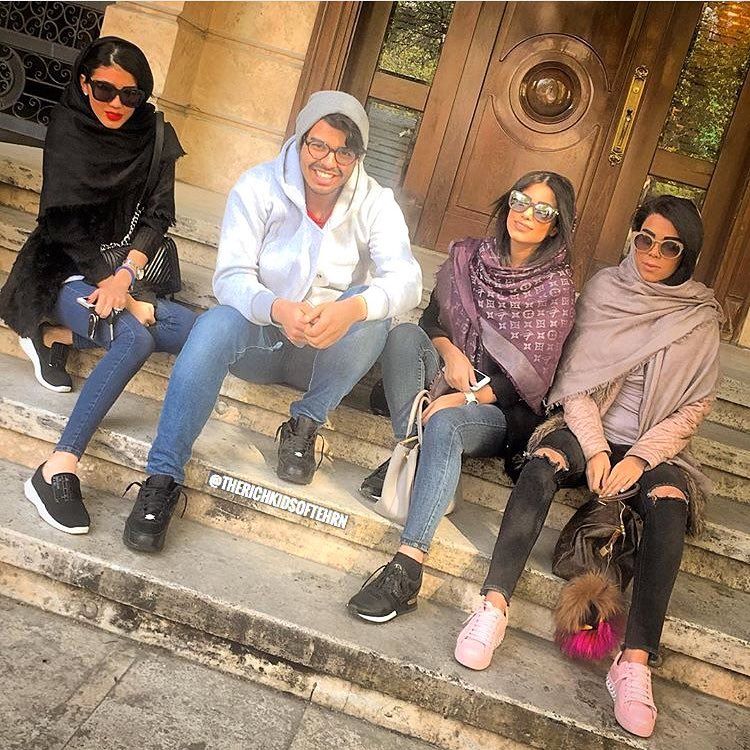
Munes:
Munes was a great dancer and her sister, Anis, was a good tasnifkhan and dayereh (Persian frame drum) player.
Ghazal and Maral:
They were both good dancers.
Ghamar-e-Saleki:
She was a good dancer and tasnifkhan.
Heshmat:
Heshmat was a specialist in acrobatic movements such as Mo’allagh-zadan.
Monavvar-e-Shirazi:
She was a specialist in raghs-e-ard.
"You won't take away our happiness." Iranian girls dance online in protest
Image copyright Maedeh Hozhabri/Instagram
Iranian women have been posting videos en masse on social media showing them dancing in support of 18-year-old Iranian Mayadeh Hojabri, who has been arrested by the authorities.
Mayade has over 600,000 followers on Instagram, where she posted videos of herself dancing to Iranian and Western pop music.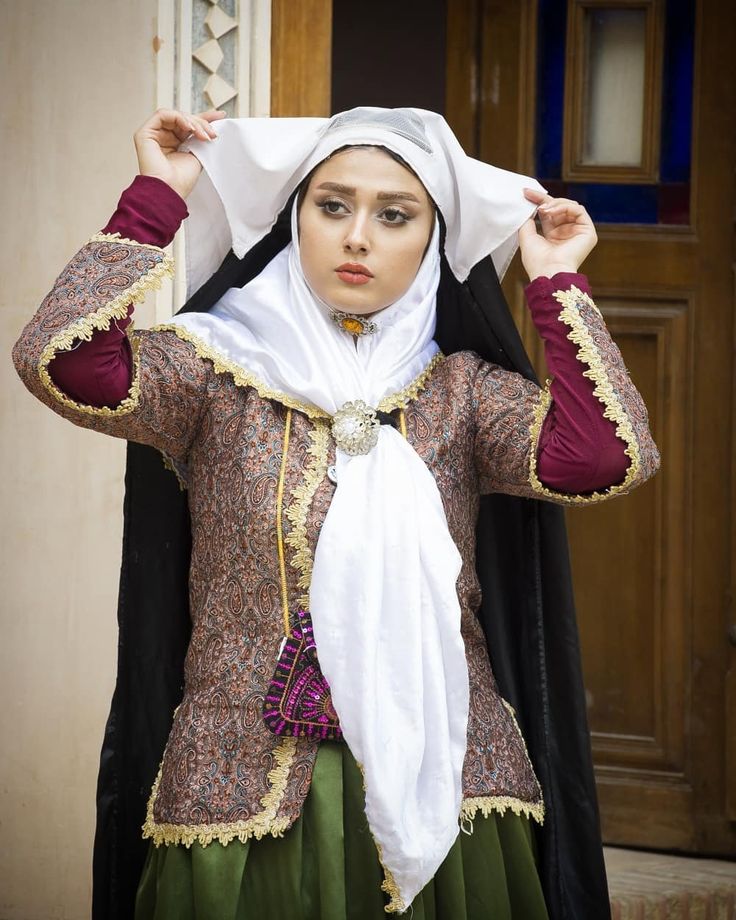
- US announces "toughest" sanctions against Iran
- Iran baffled by British porn star's visit
Most of Mayade's videos were filmed in her room. The girl usually danced to pop and rap music in clothes that were too frank, from the point of view of the authorities - without a hijab, in jeans and a short top.
"Who will dance with me?" - a video with this title was published on Instagram by Mayade Khojabri.
Iran's state television aired a recording of Khojabri confessing to inappropriate behavior.
"I didn't try to get attention. I have followers and this is for them. I didn't work with a team, I wasn't coached. I only do gymnastics," Mayade said.
The girl was placed under house arrest.
Many social media followers in Iran are posting comments and video clips in support of Mayadeh these days.
In Iran, social networks are subject to strict censorship.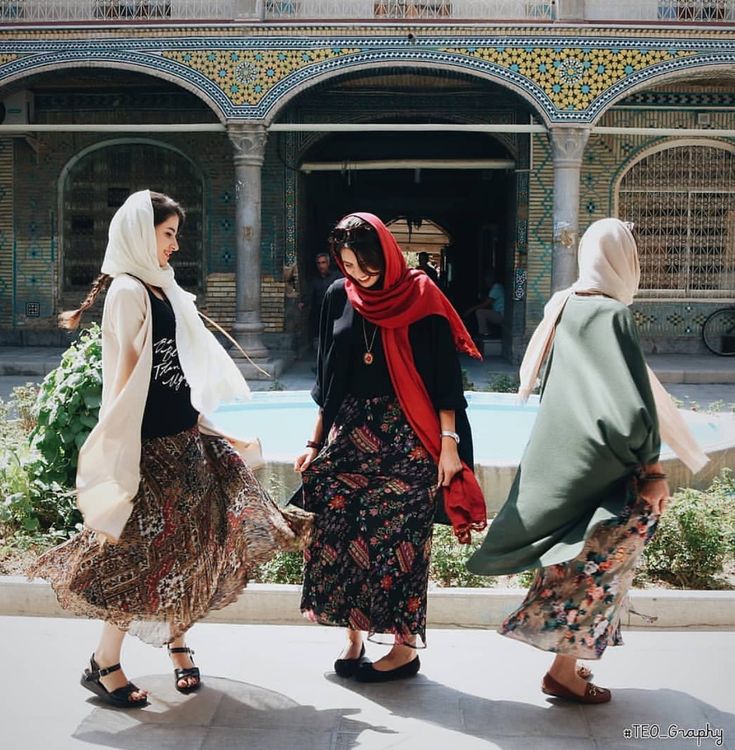 In addition, the clerical Iranian regime allows women to dance with men in public places only in the presence of family members. In this case, women must be dressed in hijabs.
In addition, the clerical Iranian regime allows women to dance with men in public places only in the presence of family members. In this case, women must be dressed in hijabs.
Over the past few weeks, several women have been arrested in the country for behaving inappropriately from the point of view of the authorities.
"If you tell people anywhere in the world that 17- and 18-year-old girls are being arrested for dancing, happiness, and beauty and accused of indecent behavior, while rapists and other criminals are running free, this is simply not believe!" - writes on Twitter the Iranian Hossein Ronahi, who also posted her video online as a sign of protest.
Another girl tweeted: "I'm dancing to let the authorities know that by arresting people like Mayade they can't take away our happiness and hope."
You need to enable JavaScript or use a different browser to view this content.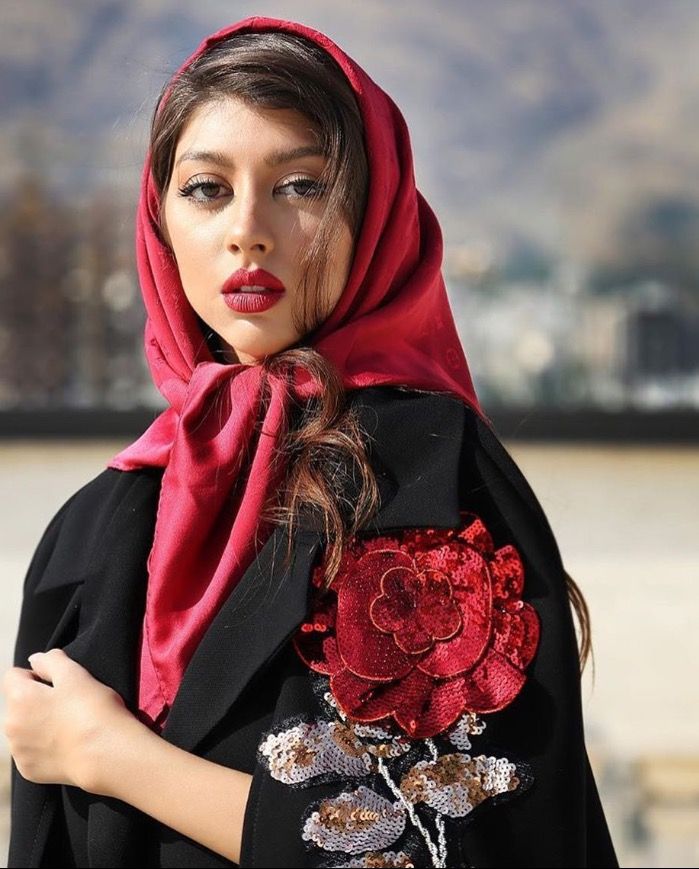 It's illegal in Iran
It's illegal in Iran
This is not the first time a campaign against dancers has been carried out in Iran.
Earlier this year, a local government official in the city of Mashhad was arrested after videos surfaced on social media of a crowd of young men and women dancing in the city's shopping center.
And in August last year, authorities detained six people who were charged with indecent behavior for dancing the Latin American zumba dance.
In 2014, six young Iranians who posted videos on social media showing them dancing to Western music on the streets of Tehran were given suspended sentences of a year and 91 lashes.
Iranian women dance online in protest: huma_vestnik — LiveJournal
?- Society
- Music
- Cancel
(photo: https://www.haaretz.com/middle-east-news/iran/iran-detains-teen-over-amoral- instagram-dance-videos-1.6248786)
Iranian women have been posting videos on social media en masse of them dancing in support of 18-year-old Iranian Mayadeh Khojabri, who has been arrested by the authorities.
Mayade has over 600,000 followers on Instagram, where she posted videos of herself dancing to Iranian and Western pop music. Mayade filmed most of the videos in her room. The girl usually danced to pop and rap music in clothes that were too frank, from the point of view of the authorities - without a hijab, in jeans and a short top.
Iran's state television aired a recording of Khojabri confessing to inappropriate behavior.
"I wasn't trying to get attention. I have followers and this is for them.
